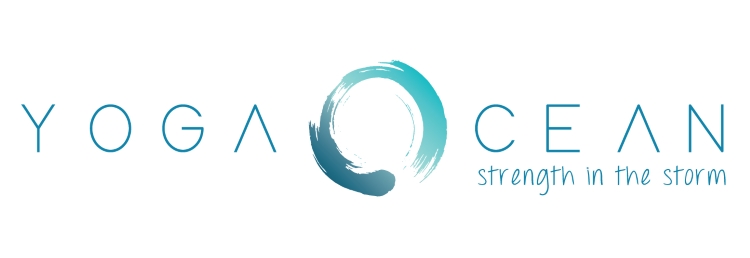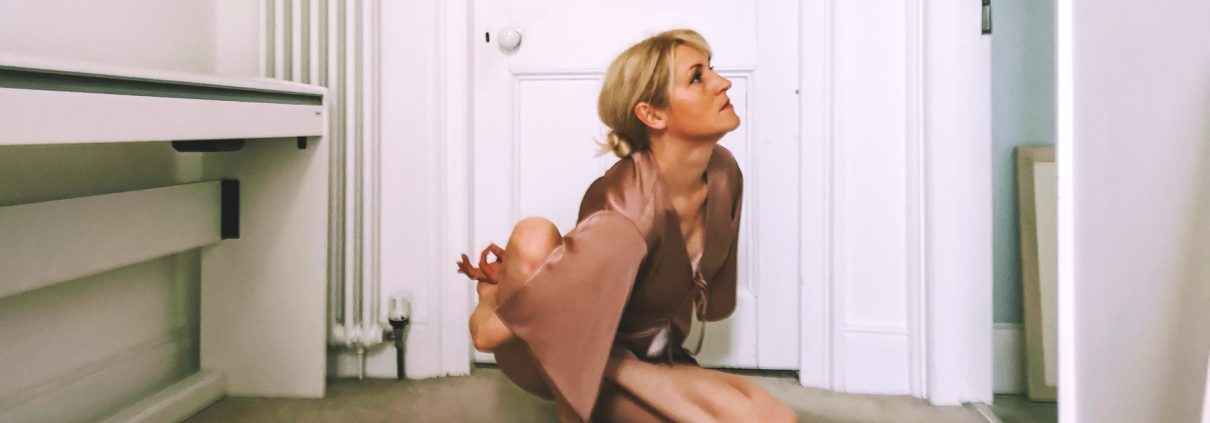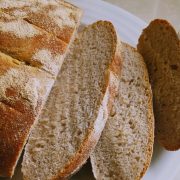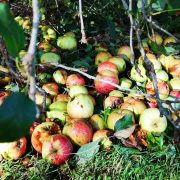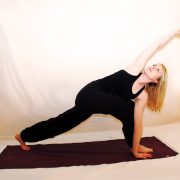How do we untie the knots that bind us using yoga?
Many yoga postures look like you are tying yourself up in knots, making yourself smaller. How can that be comfortable? It seems like it is the opposite of untying the knots that bind us.
For me, such yoga postures are actually about untying the knots. The yoga tradition refers to several knots in the subtle body (the Sanskrit word is Granthi, meaning ‘knot’ or ‘doubt’) that block our path to development. Such knots are described in three forms:
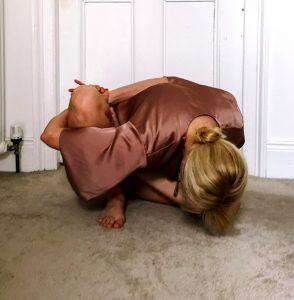
Marychasana B
First Knot:
First is a knot is Brahma Granthi, in the lower pelvis, (between Muladhara /root chakra and Swadisthana chakra) . It is linked to survival and attachment. I see the knot here as like an energetic constipation, of holding on, grasping.
The yogic approach to this Granthi is to engage Mula Bandha, or the root energy lock. Mula Bandha is performed by lifting the pelvic floor muscles. Mula Bandha is necessary for strenuous yoga postures like arm balances, during vinyasas or Ashtanga yoga and for more advanced pranayama (breathing techniques).
Second Knot:
Second is Vishnu Granthi, the the knot in the stomach, (between Manipur / navel chakra and Anahata / heart chakra). It is located at our solar plexus or the fire within. A knot here creates fear and anxiety and a lack of will power.
The yogic approach to this knot is Uddiyana Bandha or abdominal lock. Uddiyana translates as ‘flying upwards’ so to perform this energy lock you lift the tummy muscles in and up.
Third Knot:
The third knot, Rudra Granthi, is seen as situated between the heart and mind…. (linked to Vishuddhi / throat chakra and Anja/ third eye chakra). I see this knot as feeling tongue tied or getting our our thoughts tied up in knots, having an over-identification with the mind.
The yogic approach to this knot is Jalandhar Bandha, or throat lock. This lock is performed by drawing the head and chin in and backwards until you have to hold the breath. It is performed naturally in shoulder stand and is used during pranayama (breathing) practices. This lock is best learned under the guidance of an experienced yoga teacher.
Yoga practices are designed to untie these three knots that bind us and lead us towards union within ourselves.
If you enjoyed this post why not try: Loose Your Stress: Find the Breath
